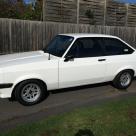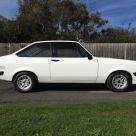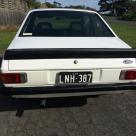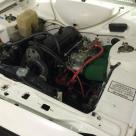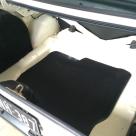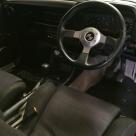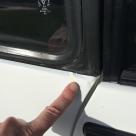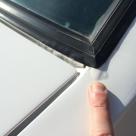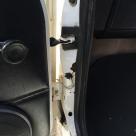1980 Ford Escort MK2 RS2000 (coupe)
Specifications
Vehicle location
Australia , Mount Eliza, Victoria ,
This rare RS2000 coupe was recently for sale online - the result of the auction will be posted soon after completion. This car unfortunately does not retain its original matching number engine, and needs some work to deal with the rust. Some of the modifications made by the owner include; ported cylinder head, performance camshaft, twin 45 Weber carburettors, 4 into 1 exhaust manifold, Type 9 Sierra 5 speed gearbox, uprated dampers all round and adjustable camber strut tops on front. The car also has period style "Cheviot" alloy wheels.
This is one of very few RS2000s still around. If you have an RS Escort, please add it to the register so we can continue to preserve as much information about these rare escorts as possible. As these cars come up for sale, we will endeavour to continue to add them to our register, but feel free to sign up and add your own.
You are about to contact the author of this vehicle.
Be aware this vehicle has currently not been listed for sale!
So refrain from price bidding.


